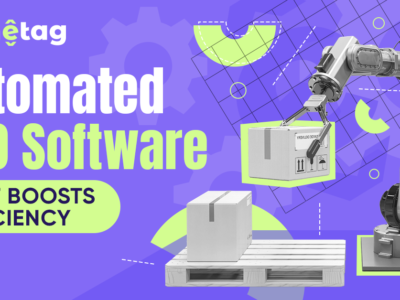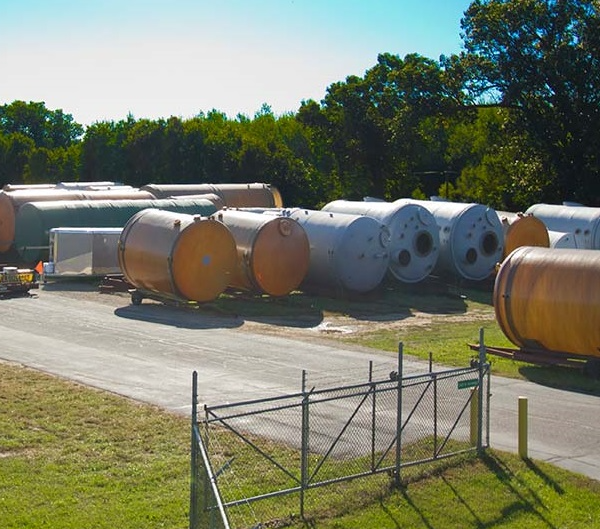
Steam water boilers play a crucial role in various industries throughout Australia, serving as essential components in key sectors. These boilers harness energy from sources like coal, gas, or renewables to transform water or other liquids into steam. Unlike regular residential hot water systems, industrial-grade boilers operate at significantly higher pressure levels, offering enhanced heating and energy efficiency. Their versatile applications include heating and cooling processes, power generation, high-pressure cleaning, and cooking.
In this post, we’ll explore several industries where everyday tasks rely on the use of steam water boilers.
Understanding How an Industrial Boiler System Works
At the core of an industrial boiler system lies a hot water or steam boiler that runs on a specific type of fuel. This boiler heats up or boils the water contained within it, and the resulting steam is then transported to end-users through pipelines.
In the context of hot water systems, pumps generate the energy needed for transportation, while in steam systems, inherent pressure is the driving force. Once used, the cooled water or condensed steam returns to the boiler, where it undergoes reheating.
To counteract water loss and prevent corrosion, additional water is added to the boiler. The flue gas produced in the combustion chamber is expelled into the atmosphere through a chimney. In some cases, an efficient system maximizes the use of residual heat present in the flue gases.
Design of an Industrial Boiler
Unlike pressure cookers, industrial boiler systems are built to handle significantly higher pressure levels. Constructed with robust iron plates, these boilers boast thicknesses of up to 36 mm, enabling them to withstand pressures of 300 psi and beyond.
The design of hot water and steam boilers is typically quite similar. The horizontal boiler pressure vessel features cylindrical tubes closed on both ends with insulated end plates. Within this structure, a combustion chamber facilitates the burning of fuel in the first pass. An internally situated reversible chamber then redirects the flue gas, leading it back through the second smoke tube pass.
Towards the front of the boiler, an external reversing chamber performs a similar function, once again reversing the flue gases and guiding them through the third pass of smoke tubes to the end of the boiler.
During operation, hot water boilers are typically filled with water, while steam boilers are approximately three-fourths filled with water, leaving the upper quarter as the designated steam space. This design ensures optimal efficiency and performance in various industrial applications.
Top Industries That Require Steam Water Boilers
1. Hospitals & Medical Industries: Elevating Sanitation and Comfort Standards
Within the medical sector, industrial-grade steam boilers find application in various sizes and configurations. High-pressure steam becomes the linchpin for cleaning and sterilizing hospital facilities, upholding stringent standards for a medically sanitary environment. Operating and heating expansive facilities like hospitals necessitates the deployment of industrial boilers, facilitating the meticulous regulation of temperature and humidity. Maintaining specific levels is imperative not only for patient comfort but also to thwart mould formation, contributing to the overall sanitation of the facility.
2. Breweries and Distilleries: Crafting Excellence Through Steam
The intricate art of alcohol distillation and brewing is enhanced through the strategic use of steam water boilers in breweries. Industrial steam boilers play a pivotal role by ensuring precise temperature control throughout the process, crucial for achieving the desired consistency, texture, and flavour profile in alcoholic beverages. Steam takes on additional responsibilities, such as sterilization and pasteurization heating, during the transition of beer into bottles or keg storage.
3. Food & Beverage Processing: Sustaining Safety and Quality
The food preparation and processing industries rely heavily on copious amounts of hot water throughout their manufacturing processes. Opting for the most energy-efficient heating method, industrial steam boilers become instrumental in reducing bacterial risks and sterilizing food, making it safe for human consumption. Stringent standards within the food manufacturing sector are upheld to prevent the spread of pathogens and diseases. The consequences of a faulty steam water boiler extend beyond operational issues, posing a continual health risk to consumers.
4. Shared Residency Facilities: Centralized Comfort and Efficiency
Housing complexes and residency facilities prioritize efficiency and cost-effectiveness by employing industrial steam boilers for heating purposes. These boilers provide hot water for residents’ use in various spaces like bathrooms, kitchens, and shared areas. Unlike individual systems for each resident, compact industrial-grade boilers offer a more energy-efficient solution for multiple floors. The modular design of these boilers accommodates varying hot-water requirements throughout the day, ensuring a consistent and regulated temperature to avoid complaints from residents.
5. Laundry Efficiency: The Power of Industrial Boilers in Cleaning Operations
Commercial laundry facilities leverage the economic and energy-efficient capabilities of industrial-grade boilers to meet their daily cleaning demands. Whether it’s running laundry machines, steaming, or pressing clothes, these facilities rely on the substantial heat generated by industrial boilers to optimize their operations.
6. Textile / Paper Mills: Precision in Manufacturing Through Industrial Boilers
Manufacturers in the textile and paper industry benefit from the versatility of industrial boilers, enabling the production of precise temperature and pressure levels at any given moment. This precision is vital, particularly during the manufacturing of textiles, where processes like dyeing and pre-treatment demand hot water on a large scale for optimal results.










